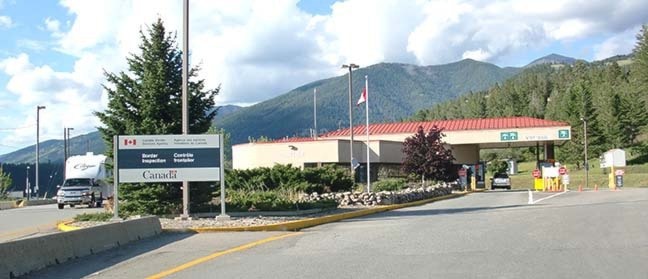Get used to three-hour wait times at the Canadian side of the Roosville border crossing on long weekends.
That’s the verdict from Kootenay-Columbia MP David Wilks, who spoke to the Regional District of East Kootenay board of directors about the problem on Friday, July 4.
“Those who use the Roosville border crossing will have to get used to three to four hour waits because it’s a real challenge,” said MP Wilks. “It’s where it was put and, probably, in hindsight, it shouldn’t have been put there.”
The Flathead Beacon reported that at the end of the Victoria Day long weekend in May, a line of vehicles waiting to get through Canadian customs stretched back 2.5 miles (4 kilometres) and took three hours to get through.
But MP Wilks said there is little that Canadian border services can do to alleviate the problem because of the geography of the site.
“I have worked as hard as I can with Minister Blaney on this,” said Wilks, referring to Minister of Public Safety, Steven Blaney.
The problem, Wilks explained is that when the border crossing was built in 1991, the two Customs buildings were kept separate, rather than a joint office for Canadian and U.S. Officials.
“It would have made a lot more sense. By putting two there, it really restricted the ability to expand the Canadian border crossing,” said Wilks.
When vehicles approach the Canadian Customs building, they pass by a rock bluff where the road is narrow before it opens into different lanes to go through the border.
“The challenge is that when you get three or four semis there, they back it right up because they need to go into the far right lane. The only way they can do it is to get through the rock bluff first to get around,” said Wilks.
“An access lane would be really helpful but you’re not going to see one there because there is just nowhere to put one.”
The only solution, Wilks said, would be moving the Canadian Customs building and making a joint office for both the U.S. and Canadian border officials.
“The long term solution is to have a joint border crossing that both the U.S. and Canadian officials would use. But that’s a long way out.”
In the meantime, travellers will be experiencing long wait times.
According to the U.S. Bureau of Transportation Statistics, 229,713 passenger vehicles entered Montana through the Roosville border crossing in 2013, with a total of 356,801 passengers.
